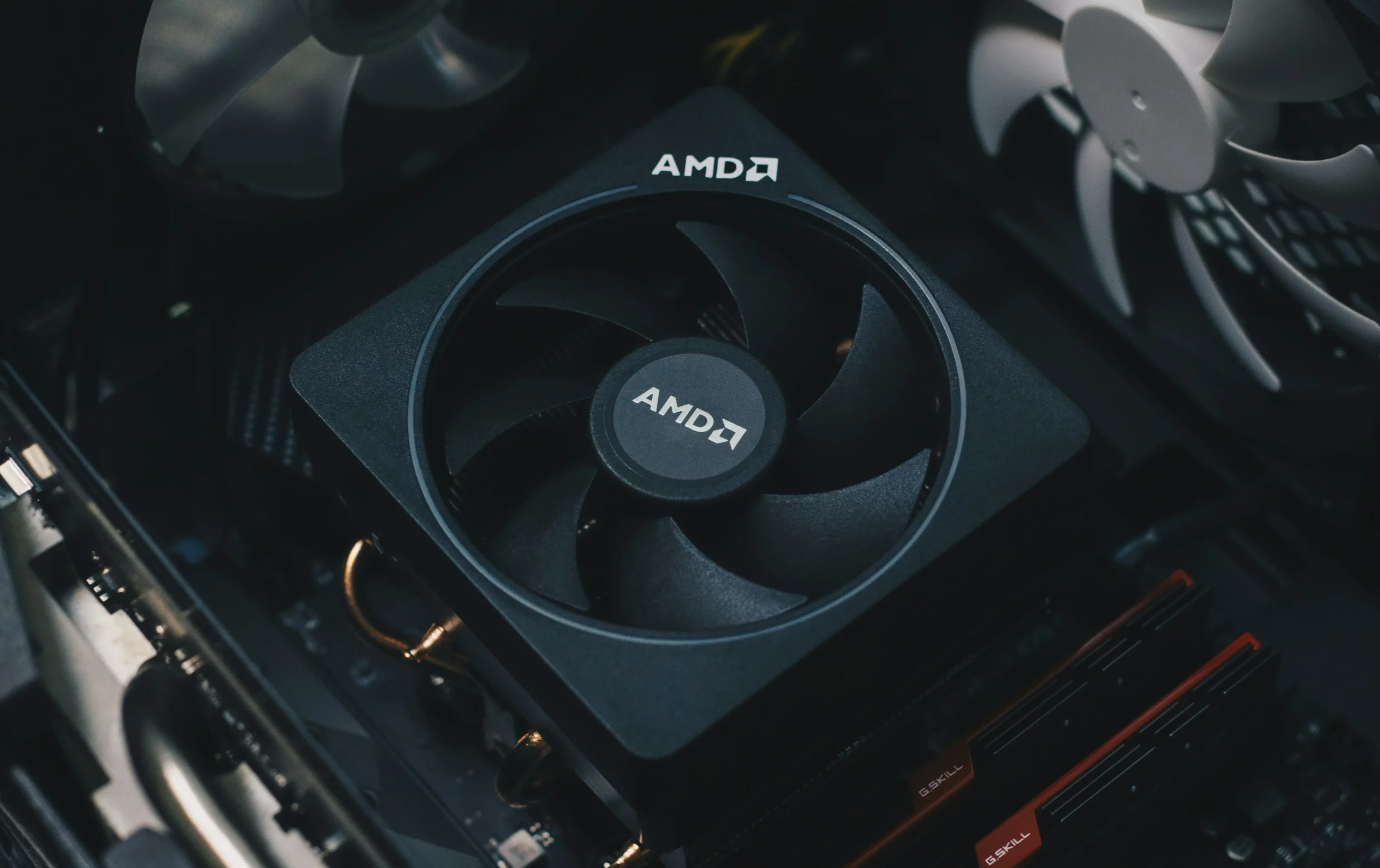Part 1: Gaming & Creative Workloads – Where They Actually Excel
Forget marketing fluff. Real-world performance and cost decide winners.
Price-to-Performance:
AMD’s RX 7900 XTX ($999) often beats NVIDIA’s RTX 4080 Super ($1,199) in traditional gaming.
Winner: AMD for budget-focused gamers.
Ray Tracing:
NVIDIA’s DLSS 3.5 (hardware-accelerated AI) delivers smoother ray-traced visuals. AMD’s FSR 3.0 relies on software.
Winner: NVIDIA for visual fidelity.
Professional Software (Blender, Adobe):
NVIDIA dominates with its mature CUDA ecosystem. AMD support lags in time-sensitive tasks.
Winner: NVIDIA for creative pros.
The Bottom Line:
Maximize frames per dollar? Choose AMD.
Need ray tracing or pro app support? Choose NVIDIA.
Part 2: Enterprise AI Battle: MI300X vs H100
Specs ≠ Real-World Value. Throughput and cost-per-token matter.
| Benchmark | AMD MI300X (192GB VRAM) | NVIDIA H100 (80GB VRAM) | WhaleFlux Boost |
| Llama2-70B Inference | 78 tokens/sec | 95 tokens/sec | +22% (Mixed-Precision Routing) |
| 8-GPU Cluster Utilization | 73% | 81% | →95% (Fragmentation Compression) |
| Hourly Inference Cost | $8.21 | $11.50 | ↓40% (Spot Instance Orchestration) |
Key Insight:
NVIDIA leads raw speed, but AMD’s massive VRAM + WhaleFlux optimization delivers 44% lower inference costs – a game-changer for scaling AI.
Part 3: The Hidden Cost of Hybrid GPU Clusters
Mixing AMD and NVIDIA GPUs? Beware these traps:
❌ 15-30% Performance Loss: Driver/environment conflicts cripple speed.
❌ Resource Waste: Isolated ROCm (AMD) and CUDA (NVIDIA) environments.
❌ 300% Longer Troubleshooting: No unified monitoring tools.
WhaleFlux Fixes This:
Automatically picks the BEST GPU for YOUR workload
gpu_backend = whaleflux.detect_optimal_backend(
model=”mistral-8x7B”,
precision=”int8″
) # Output: amd_rocm OR nvidia_cuda
Result: Zero configuration headaches. Optimal performance. Lower costs.
Part 4: Your 5-Step GPU Selection Strategy
Stop guessing. Optimize with data:
Define Your Workload:
- Training huge models? AMD’s VRAM advantage wins.
- Low-latency inference? NVIDIA’s speed leads.
Test Cross-Platform:
Use WhaleFlux Benchmark Kit (Free) for unified reports.
Calculate True 3-Year TCO:
| Cost Factor | Typical Impact | WhaleFlux Savings |
| Hardware | $$$ | N/A |
| Power & Cooling | $$$ (per Watt!) | Up to 25% |
| Ops Labor | $$$$ (engineer hrs) | Up to 60% |
| Total | High | Avg 37% |
Test Cluster Failover:
Simulate GPU failures. Is recovery automatic?
Validate Software:
Does your stack REQUIRE CUDA? Test compatibility early.
Part 5: The Future: Unified GPU Ecosystems
PyTorch 2.0+ breaks vendor lock-in by supporting both AMD (ROCm) and NVIDIA (CUDA). Orchestration is now critical:
- WhaleFlux Dynamic Routing: Sends workloads to the right GPU – automatically.
- Auto Model Conversion: Runs ANY model on ANY hardware. No code changes.
- Cost Revolution: Achieves $0.0001 per token via multi-cloud optimization.

